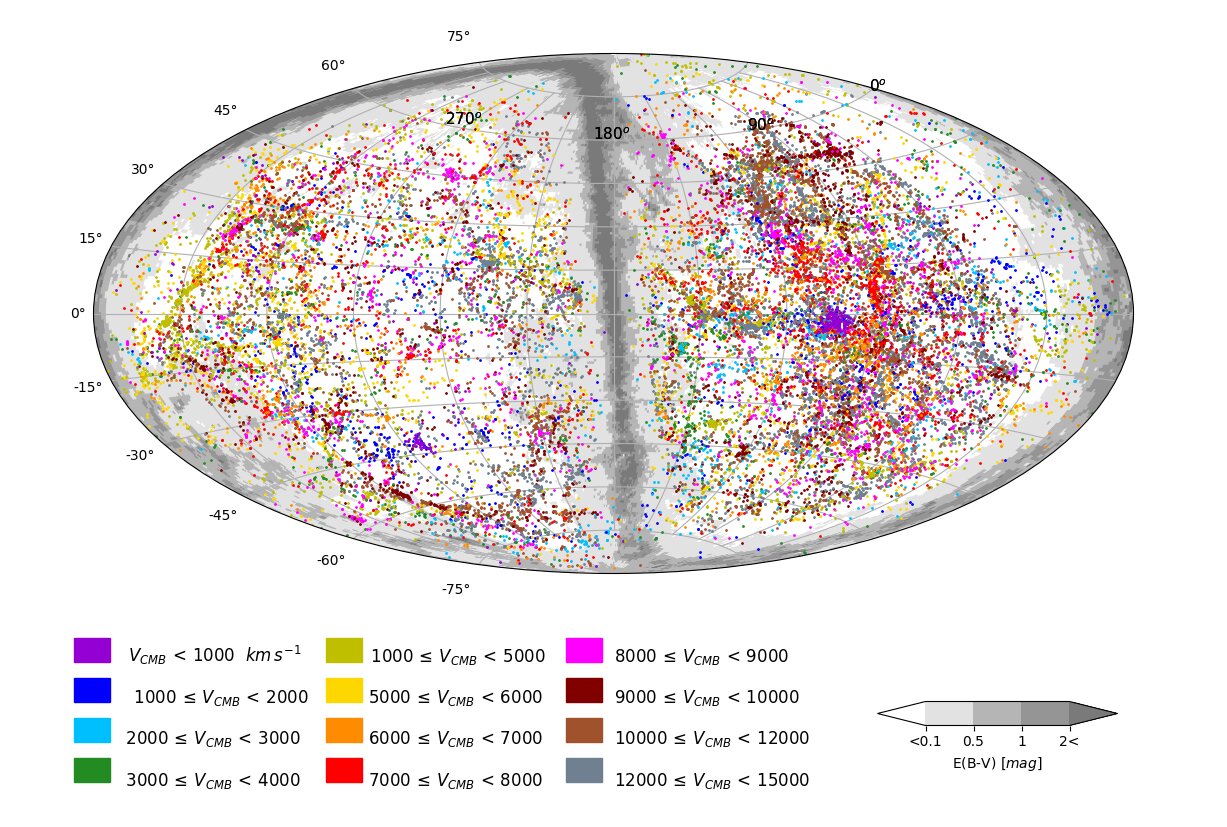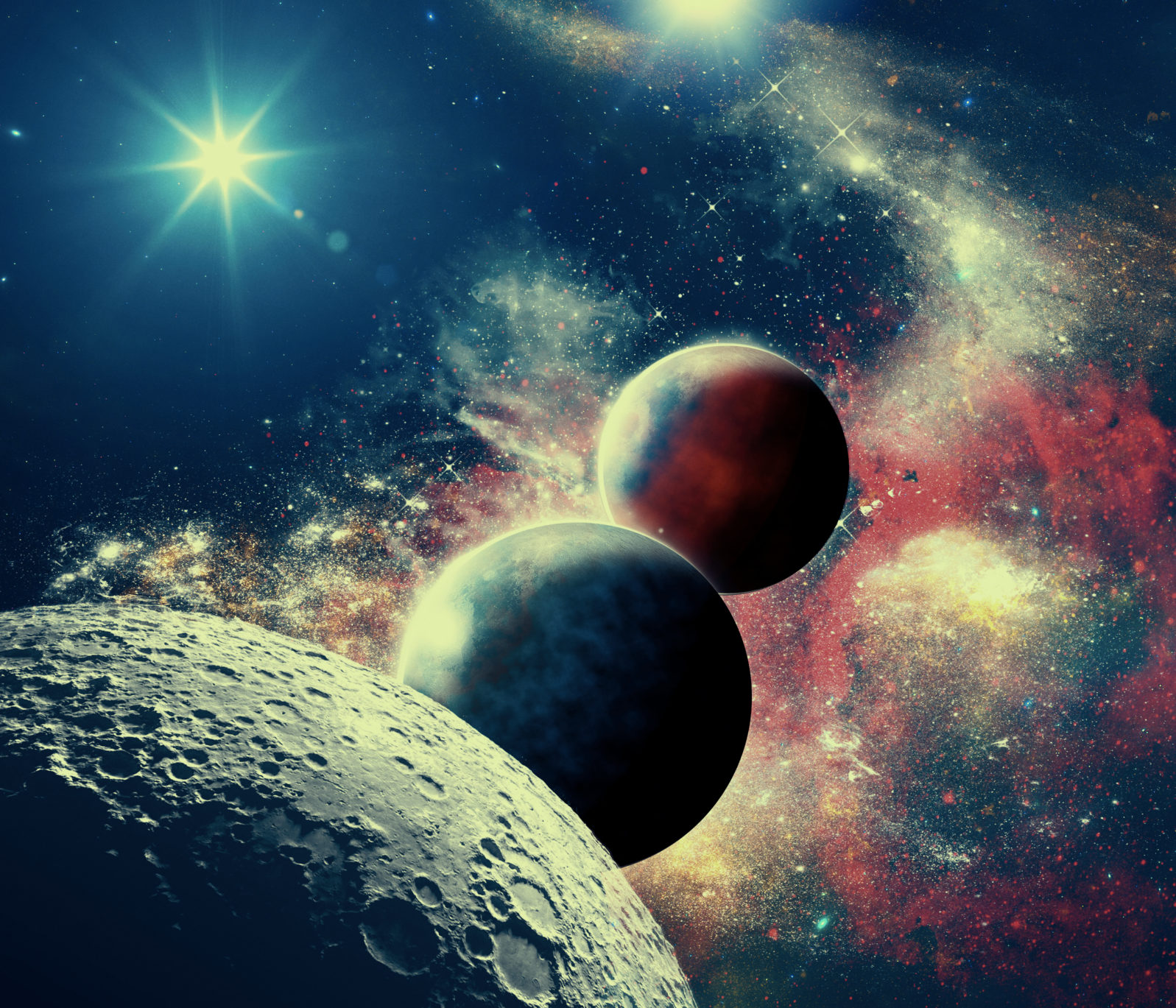News From the Search for Extraterrestrial Life 9
NASA is readying a set of eight instruments for the Ocean Worlds Life Surveyor to search for life on Jupiter’s moon Europa and Saturn’s moon EnceladusIn our universe
The universe (as much of we know of it) has now been mapped:

With 56,000 galaxies, there wold be, in principle, many places to look for life: “Galaxies, such as the Milky Way, are the building blocks of the universe, each comprised of up to several hundred billion stars.” – Phys.org
A big barrier to exploration is, of course, the speed of light; most galaxies are many light years away and nothing moves faster than light. Incidentally, a group of astronomers recently claimed to have detected matter exceeding the speed of light.
We asked theoretical physicist Rob Sheldon about that and he replied, “No, it isn’t going faster than the speed of light. Most superluminal objects are like teasing a cat with a laser pointer. The spot of light moves incredibly fast for the cat, but in reality the light dot is not the same photons at point A as at point B. It is only because the cat thinks the light spot is an object, that it thinks it has superluminal speeds.” Sabine Hossenfelder explains in more detail here.
Of course, we are just as likely to find life closer to home anyway.
Around our galaxy
Recently, there’s been some interest in planets orbiting white dwarf stars — old stars that are running out of fuel (but not any time soon). Stony Brook astrophysicist Paul Sutter comments that many of them host planets within their habitable zones: “Because the usual methods of looking for exoplanet transits or shifts in motion won’t work for white dwarfs, the astronomers propose a much simpler way to look for planets around white dwarfs: just stare at them. White dwarfs are relatively cool, so any orbiting planet would be relatively warm (especially compared with the ratio of the sun’s temperature to Earth’s temperature). That means the infrared light coming from a white dwarf would also contain some of the infrared light from the orbiting planet. By comparing that combined light with a white dwarf that we know doesn’t have any planets around it, we could detect the exoplanet.” – Space.com, October 12, 2022 The paper is open access.
Meanwhile, we learn that “Webb Sees Organic Molecules in the Hearts of Galaxies, Surprisingly Close to Active Supermassive Black Holes” (Evan Gough, Universe Today, October 13, 2022): “The molecules in this study are polycyclic aromatic hydrocarbons (PAHs). They’re important building blocks for prebiotic compounds. Those compounds may have played a role in the early formation of life. But they’re not only attractive to scientists because of their connection to life. When PAHs are illuminated with optical and UV radiation from stars, they get excited and are very bright in infrared emission bands. So observing them tells astronomers a lot about conditions inside the galaxy.”
Is methyl bromide as an ideal biosignature?
“Methylation is so widespread on Earth, we expect life anywhere else to perform it. Most cells have mechanisms for expelling harmful substances,” said Michaela Leung, a Ph.D. student at the University of California, Riverside, NASA’s Alternative Earths and NExSS Virtual Planetary Laboratory teams.
One methylated gas, methyl bromide (CH3Br) has several advantages over other gases traditionally targeted in the search for life outside our Solar System.
In a new study, Leung and her colleagues explored and quantified these advantages. Science News (October 11, 2022) The paper is open access.
Methyl bromide is less likely to be created by something other than a life form than some other methyl. The researchers think it would be easier to detect MB around an M dwarf star than here in the Solar System.
Lastly, could there be life on rogue planets — planets that wander away from stars?
Harvard astronomer Avi Loeb, known for walks on the wild side, tells us at Medium, “Could rogue planets host life? If Earth would have been kicked out of the Solar system, its oceans would have frozen. In a paper I wrote with my former postdoc, Manasvi Lingam, we showed that an ocean world of an Earth-mass would have developed an ice layer with a thickness of tens of kilometers, but liquid water could have existed underneath the ice. The liquid water is warmed up by radioactivity of isotopes in the planet’s rocky core. Nutrients and hydrothermal vents at the bottom of the ocean could give rise to single-cell organisms and bacteria similar to those in the early history of Earth. However, without an oxygen-rich atmosphere above the ocean and some landmass, it is unlikely that complex life in the form of multi-cell organisms would develop on these rogue planets, unless they pre-existed before the planet was kicked out from its parent nursery.” (October 3, 2022)
We shall see about whether life is possible under those circumstances but NASA thinks rogue planets may be numerous in our galaxy.
In our solar system
NASA is readying a set of eight instruments for the Ocean Worlds Life Surveyor (OWLS) to search for life on Jupiter’s moon Europa and Saturn’s moon Enceladus.
In the 2030s,the Europa Clipper should be able to “spot shallow lakes that erupt icy ‘lava’” — a good place to check for life.
At Universe Today, Evan Gough offers a thought: “If Earth were an exoplanet, it would still be tricky to figure out if there’s life here”: “A new study shows that finding evidence of life on Earth may depend on the season alien astronomers are observing.” (October 14, 2022) Here’s the open-access study that explains why.
To the extent that the universe seems to be fine-tuned for life, it is reasonable to hope to find life on other planets, though even today, the search is not easy. Speaking of fine-tuning, this from The New Atlantis sums it up:
Since physicists have not discovered a deep underlying reason for why these constants are what they are, we might well ask the seemingly simple question: What if they were different? What would happen in a hypothetical universe in which the fundamental constants of nature had other values?
There is nothing mathematically wrong with these hypothetical universes. But there is one thing that they almost always lack — life. Or, indeed, anything remotely resembling life. Or even the complexity upon which life relies to store information, gather nutrients, and reproduce. A universe that has just small tweaks in the fundamental constants might not have any of the chemical bonds that give us molecules, so say farewell to DNA, and also to rocks, water, and planets. Other tweaks could make the formation of stars or even atoms impossible. And with some values for the physical constants, the universe would have flickered out of existence in a fraction of a second. That the constants are all arranged in what is, mathematically speaking, the very improbable combination that makes our grand, complex, life-bearing universe possible is what physicists mean when they talk about the “fine-tuning” of the universe for life.
Luke A. Barnes, “The Fine-Tuning of Nature’s Laws” at The New Atlantis (Fall 2015)
Nothing’s changed since then so may as well keep looking… !
From last week: News from the search for extraterrestrial life 8. Saturn’s moon Enceladus may have abundant phosphorus, essential for life. An experiment with bacteria and algae shows that planets orbiting the most common type of star could get enough light to support life.
